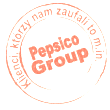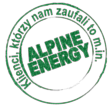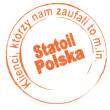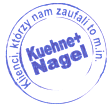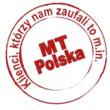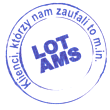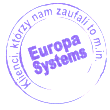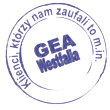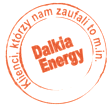WELDING - METHODS AND THEIR CHARACTERISTICS
Welding involves permanently joining fusible materials by melting them locally and then solidifying them in the presence of a filler metal. Mainly metals (steel, aluminium, copper, nickel, titanium) and plastics.
Welding methods
There are many different welding methods, but we will only discuss a few of the most popular.
Electric welding
It is the most common, and technically the simplest, method based on the arc phenomenon. It is carried out at temperatures as high as 4000°C. It is used to weld relatively thin sheet metal, i.e. in the 1-80mm range.
MIG/MAG welding (Metal Active Gas/Metal Inert Gas)
Welding with a consumable electrode in an active gas environment (MAG), usually carbon dioxide or mixtures of carbon dioxide. MIG welding, on the other hand, is carried out in an argon or helium environment. This method is commonly used in automatic and semi-automatic processes.
TIG welding (tungsten Inert gas)
Also known as GTAW (Gas Tungsten Arc Welding). As in the previous example discussed, this is done in an inert gas shield. The difference is that the electrode is non-fusible and made of tungsten. The main advantage of this method is the wide range of material thicknesses to be welded and the rather insignificant potential inconvenience of its use.
Types of welds
The weld is to welding what the seam is to the sewing industry. Therefore, the durability of the final structure is based on it. Here are examples of the types of welds and their applications.
Face welds
They are formed by joining the wall of an element (thickness) with another material. Most commonly used for sheet metal, bars and pipes.
Edge joints
No other materials than those welded together are needed to form the flank welds. All that is needed is to bend the edges accordingly and heat treat them. A method commonly used for thin sheets.
Fillet welds
As the name suggests, they are ultimately used to join components which are offset from each other. A welded joint can be either a lap or overlap joint, depending on the way the plates overlap.
Welding positions
Other important issues for the welder are the welding positions. Professionally labelled with letter abbreviations (PA, PB, PC, etc.), they refer to details of the welding process. For example, whether the filler metal is applied from the bottom up or vice versa. Two items are culled from the above-mentioned naming scheme: H-L045 and J-L045, which refer to the fusion of pipes in a 45° inclined position in turn - from bottom to top and from top to bottom.
In addition, parameters such as material changes or geometric welding discrepancies are distinguished. To diagnose these, a number of appropriate tests and examinations are carried out. However, in order to be able to weld, it is first necessary to obtain the relevant UDT NSPAW certificates and authorisations.
















